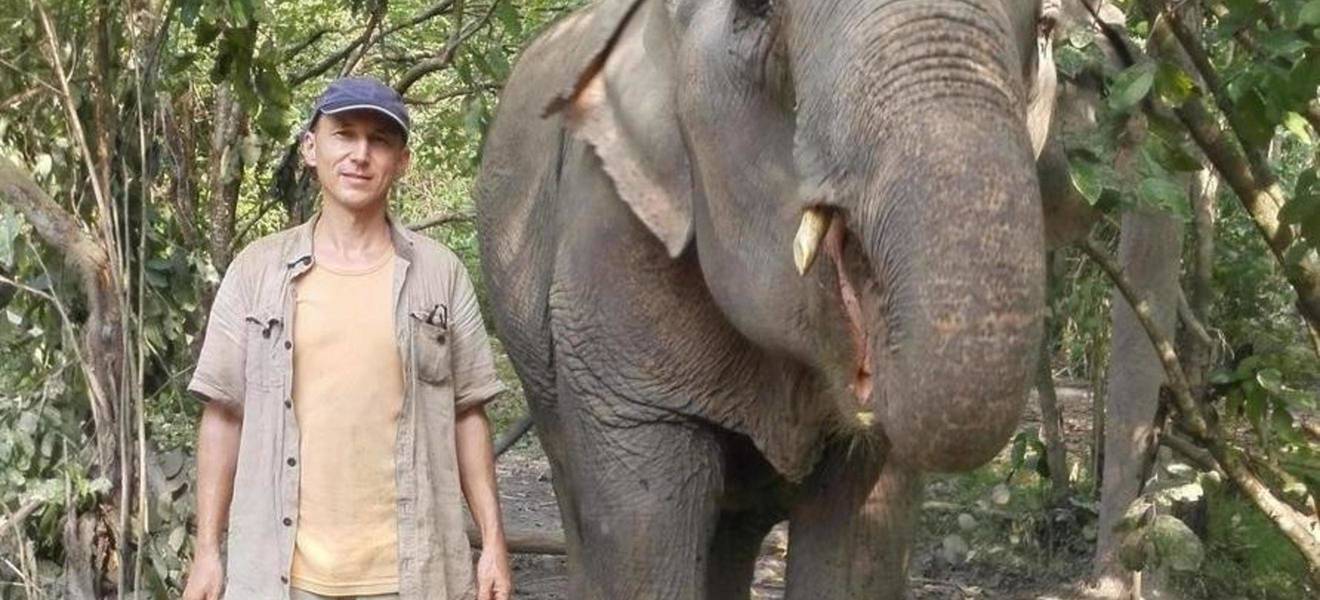26.03.2020/XNUMX/XNUMX / field reports
Experience report from the wildlife project in Thailand
In the elephant project you have direct contact with the elephants, which was an unforgettable experience for me every day, because I find these animals very fascinating. As a highlight, you can also feed them, shower/scrub them and go for a walk with them. Most of the time, however, you are busy cleaning the enclosure, preparing food and enrichment.
Robert's time in Thailand
I had the opportunity to spend two months in Thailand from October 2017 to mid-December 2017. I worked for four weeks in an elephant conservation project and then (since at the same location) for four weeks in a wildlife conservation project. To say it in advance, overall I liked it well to very well and I would recommend everyone (if you are interested in elephants or wildlife) to try volunteering in this area.
The organization is in my opinion quite professional. The accommodation is adequate. The food was good. At peak times, however, up to 70 volunteers are deployed. That's a lot, but you can get used to it.
The work with elephants
In the elephant project you have direct contact with the elephants, which was an unforgettable experience for me every day, because I find these animals very fascinating. As a highlight, you can also feed them, shower/scrub them and go for a walk with them. Most of the time, however, you are busy cleaning the enclosure, preparing food and enrichment. The work is very physically demanding (e.g. harvesting banana trees). You spend a lot of time outdoors in the sun and you should definitely make sure you have adequate sun protection. I met a lot of "redskins" during my time there.
The work in the wildlife project
In the wildlife conservation project, you usually work in the pleasant shade of the forest and don't have this problem. They are responsible for macaques, gibbons, langurs, bears, pigs, iguanas, otters, goats, deer, parrots, hawks, turtles, sloth monkeys and many other animals. In contrast to the elephants, you have to remember a lot here (especially when it comes to the preparation of the food), since different animal species get different food. On the third day, as a long-term volunteer, you can already become a group leader (of one of the six groups), which was challenging at first. But help was always given to me by other volunteers and staff.
Who wants to know more about my experiences in Thailand or is interested in more details is welcome to visit my blog: thailandblog2017.wordpress.com
Field report from the wildlife project in Thailand, by Robert E., 13.02.18
More projects that interest you could
Have you not yet discovered a suitable program for your time abroad? No problem, we will present you more Volunteer projects abroadthat might pique your interest.
Are you perhaps still at the beginning of thinking about your trip and have no idea what might be right for you? Whether you want to go abroad as a volunteer for a short time, or if you prefer FSJ up to 12 months abroad afford? Maybe there is one Internship abroad in a specific subject area the best way for you to gain experience abroad?
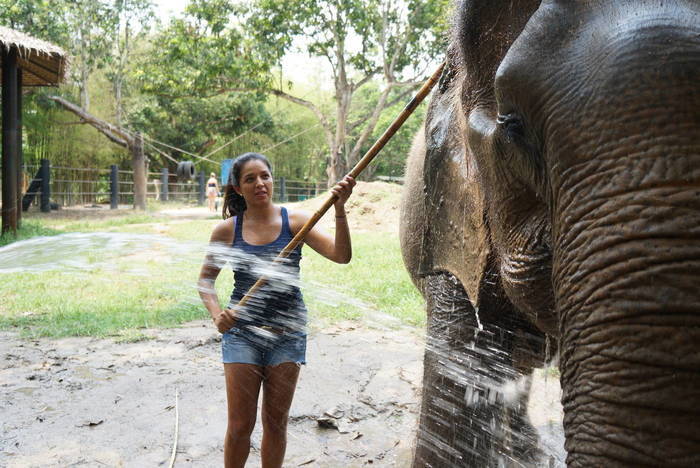
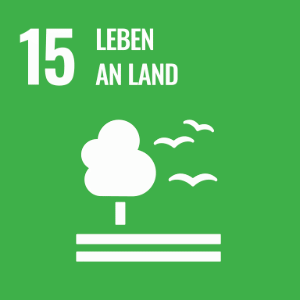
Thailand | elephants

Thailand | wildlife
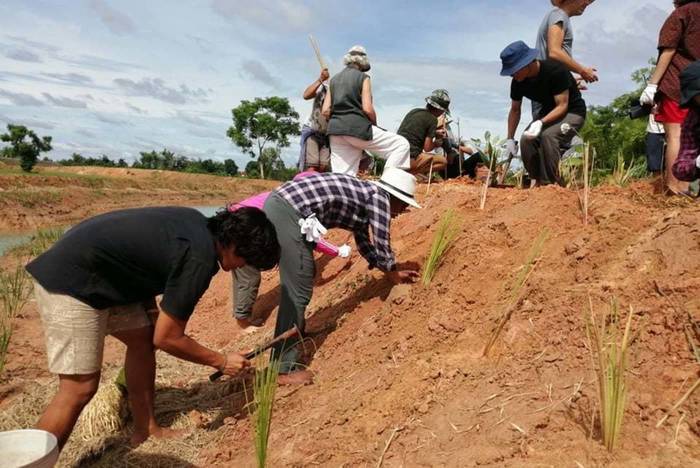
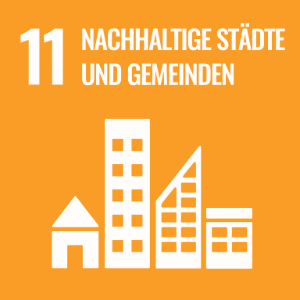
Thailand | Ashram
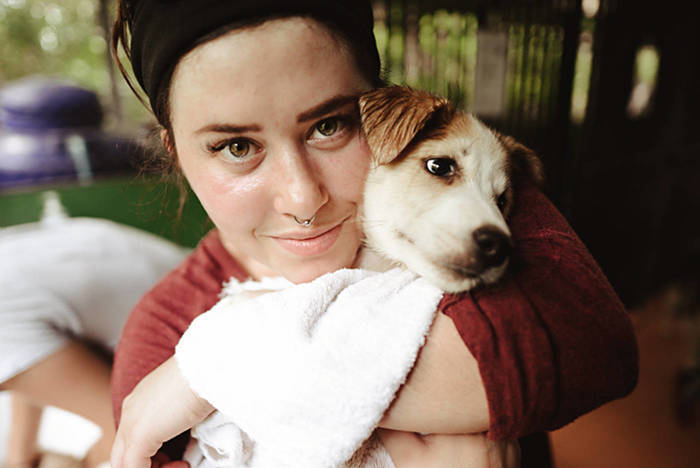

Thailand | dogs & cats

